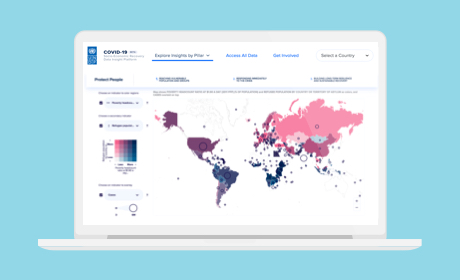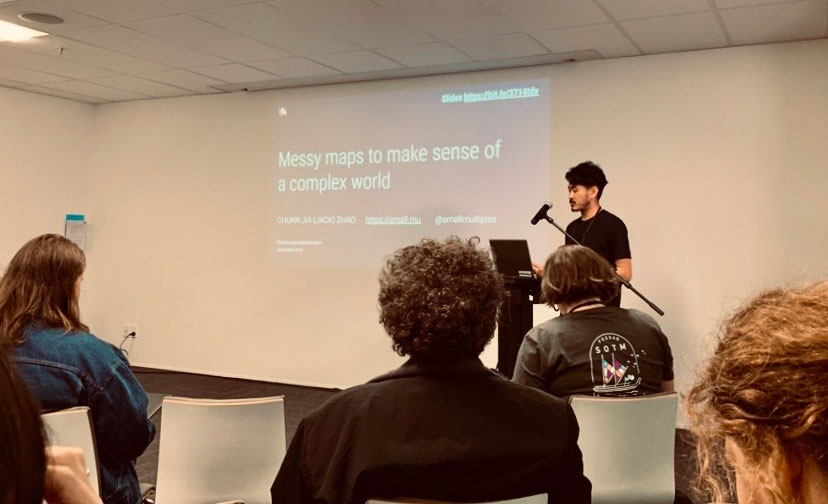Key points:
- - Generally, workers in CBD and inner-city locations in Sydney face lower risks.
- - Healthcare, personal care aides and home care workers are at highest risk.
- - Some high risk occupations are disproportionately done by women.
- - Part-time workers are more likely to work in occupations that involve close contact with people.
- - Low income workers are more likely required to work in close proximity to other people.
We adopted the New York Times' approach from this study by using exposure to disease or infection and physical proximity to others as proxies for measuring occupational risk to COVID-19. The work context dataset from O*NET was mapped to the ANZSCO classification system that we use in Australia with the help of Dr Andrew Reeson from CSIRO. Employment statistics by postcode, such as the percentage of female workers, were obtained from Australian Bureau of Statistics.
Where you work matters
This map shows the most common occupations and their risks by postcode in New South Wales. We did this by taking into account the number of workers and the risk score for every occupation found in the postcode area. The map also includes a toggle that allows you to see the number of reported COVID-19 cases from NSW Health for reference.
Health workers and carers are the riskiest occupations in many areas, but the main contributors to the over risk are occupations that involve frequent physical contact, such as teachers and retail workers. For this reason, regional centres and remote outback areas, with a higher proportion of workers in retail, healthcare and education, appear to be at more risk than primarily agricultural postcodes. Postcode area 2026 (Tamarama, Bondi Beach, Bondi, North Bondi, Ben Buckler) stood out as an outlier of having relatively low occupational risk score but the highest number of infections.
Socioeconomic disadvantage creates vulnerable workers
What are the relationships between socioeconomic factors and high risk occupations? Using Indisee (a data analysis tool we developed) we were able to identify occupations that employed disproportionally more people from disadvantaged groups. The indexing and clustering analysis carried out by the tool have helped us paint a nuanced picture of who has been hit the hardest by the pandemic.
The vulnerable workers
Based on the result of the analysis, we were able to make the following four key observations.
1. Healthcare, personal care and home care workers have the highest risks in both exposure and proximity.
2. Some high risk occupations are disproportionately held by women.
(More than 70% workers are women)3. Part-time workers are more likely to work in occupations that involve close contact with people.
(More than 70% workers are part-time)4. Low income workers are more likely required to work in close proximity to other people.
(More than 30% workers earn less than $400 per week)One thing to take away from our analysis is that risk exists across the whole working population. While it is straightforward to understand the challenges that the frontline health workers face during the pandemic, governments and businesses must provide more targeted support to the other vulnerable workers in high risk occupations.
 View All
View All





